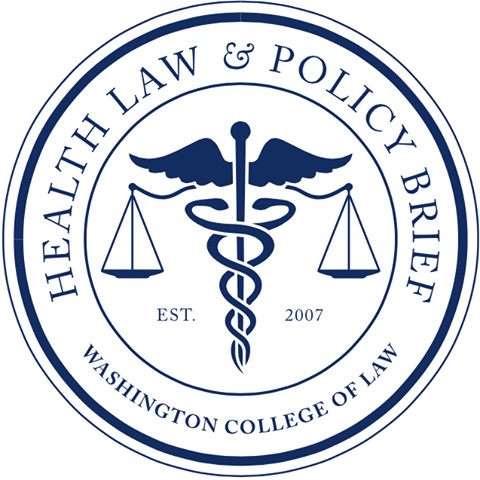While two distinct fields, medicine and technology are two areas
that are under constant improvement. Medical improvements are necessary to
continue to combat new invasive viruses, treat current diseases with no cure,
and keep unknown illnesses at bay. Technological improvements are necessary to
help create efficient tools for mankind’s everyday use. Accordingly, technology
has been a huge factor to help create medical improvements. As a result, a
fairly new type of medical and technological improvement has gained exposure:
Nanotechnology.
What is Nanotechnology?
Nanotechnology is a branch of technology that deals with
dimensions and tolerances of less than 100 nanometers, especially the
manipulation of individual atoms and molecules. It is science, engineering, and
technology conducted at the nanoscale, which is about 1 to 100 nanometers. In
comparison, a nanometer is the equivalent width of three to five atom molecules
wide. The size of
a virus is typically 100 nanometers. Some of the most important application
fields of nanotechnology are medicine and pharmaceuticals.
Within the medical field, the current applications are: appetite control,
cancer, cholesterol, drug development, imaging, medical tools, bone
replacement, chemical substitute, diagnostic tests, hormone therapy, and immunosuppressants.
Applications
Because nanotechnology allows scientists to attack illnesses
at a molecular level, there are many applications for the technology in the
medical field. Some
common uses are quantum dots and drug and gene delivery.
Quantum dots (“Qdots”) are “semiconductors that emit or
absorb light under specific conditions that can be manipulated externally.”
Qdots, they can be used to locate ill or bad cells and scanners are used to
target the previously emitted light from Qdots. As such, its application could
target potential tumors in the body and diseased cells in general.
The targeted drug and gene delivery application allows for
the identification of ill cells in the body. With the help of Qdots,
needed medication is delivered to the exact part of the body without harming
the healthy cells. Nanotechnology increases efficiency through the use of pills
as opposed to complex and time-consuming therapies, which can be costly and less
effective.
The future also provides promising use of nanotechnology for
tissue engineering
and extensive cancer treatment. Such applications would be used to rebuild
tissue at a molecular level or even identify and destroy cancer cells before
malignant formation is visible.
Potential Legal
Implications
Although there is minimal case law that addresses the issues
of nanotechnology in medicine,there
exists the possibility of harm and injury that may arise from this technology.
Because nanotechnology affects the body at a molecular level, cellular injury
may be harder to detect. However, as technology improves, it may be easier and
may take less time to determine the injury and harm, if any, nanotechnology causes.
For example, if the nanotechnology used to fix cancerous cells malfunctions and
instead begins attacking healthy cells, this could prove to be detrimental.
Shorter attacks on healthy cells may not demonstrate instant signs of harm, but
overtime, the body may begin to react to the unknown effects and show signs of
harm and injury.
Other legal implications that may arise seem to appear in
nanotechnology’s most important benefit – early detection of diseases. One
issue arises through the use of Qdots in nanotechnology. Once Qdots
are used to illuminate the ill cells, doctors and medical professionals
diagnose the issue and begin to treat the ill cells, or in this case the
disease. However, misdiagnosis or failure to treat may create legal implications
like malpractice suits. Also, a cure or treatment may not be available at the
time of diagnosis, which may lead to more legal implications.
Lastly, potential legal implications may arise from a
failure to warn about the risks inherently involved with nanotechnology usage. Although
this aspect is pretty common in malpractice suits against doctors, it is
important to note that in this instance the harm occurs at a microscopic level.
Thus, as stated above, overtime, such damage may have detrimental effects to
the human body.
Overall nanotechnology is an exciting advancement in the
medicinal world. It can be very efficient and effectuate change in untapped
ways. Its potential is limitless. Unfortunately, new technology in the
medicinal field implies new harms and risks. Looking at the current
applications of nanotechnology, the medical benefits may outweigh the risks and
harms involved.
